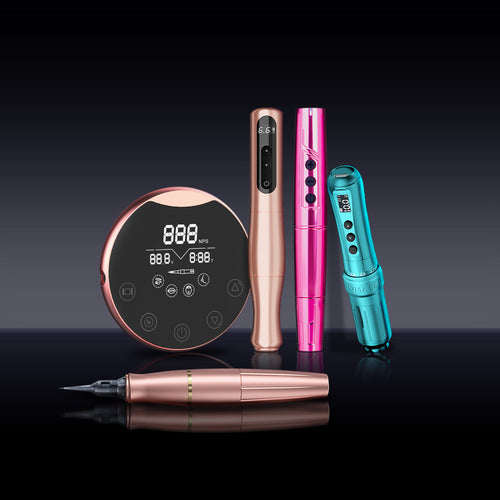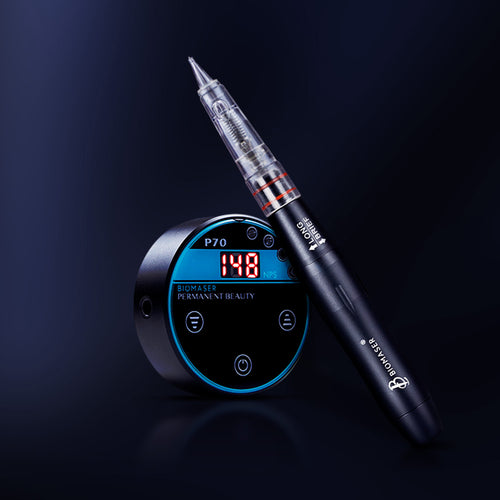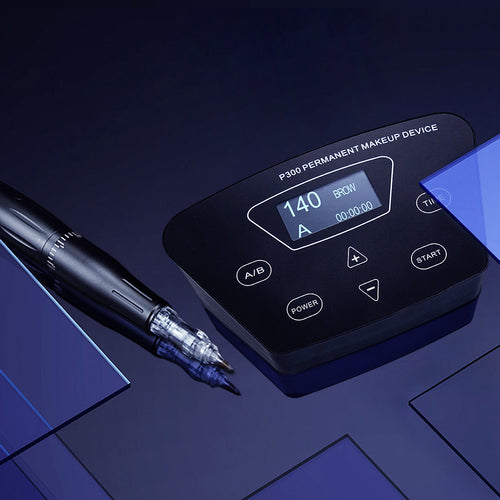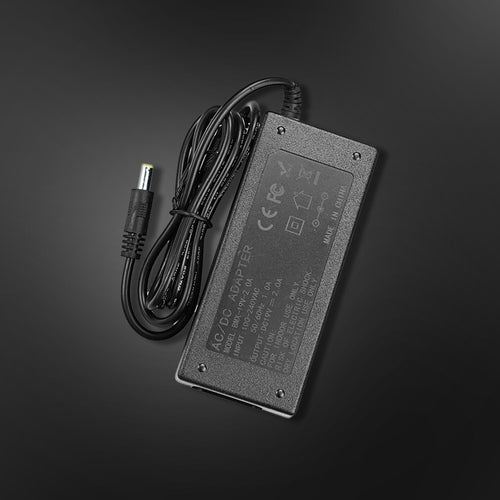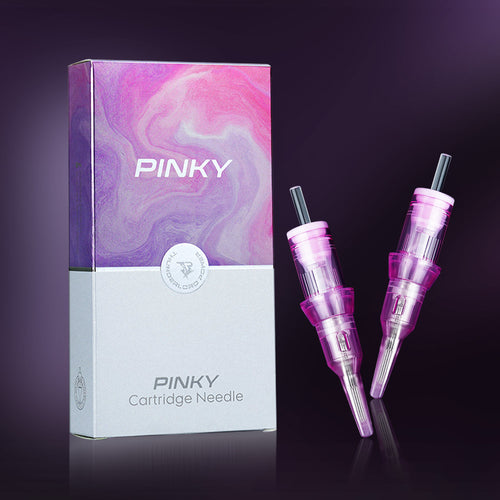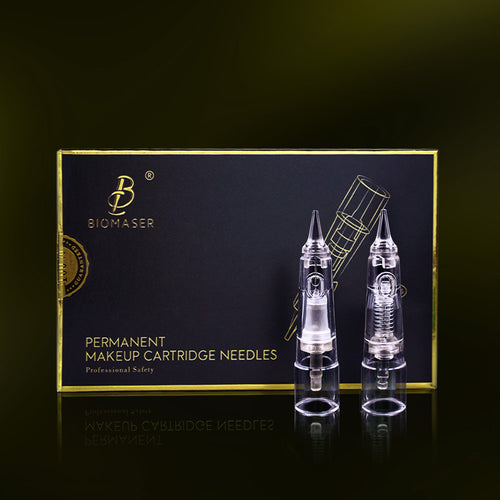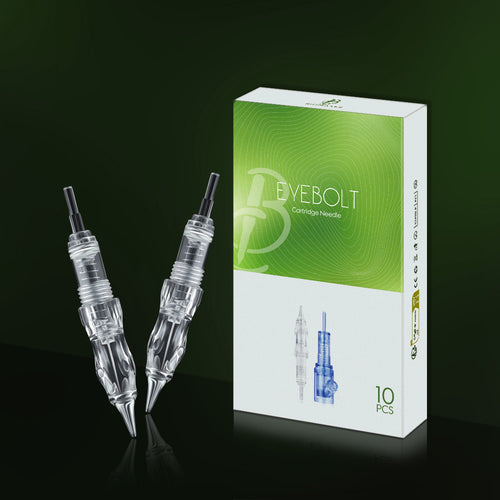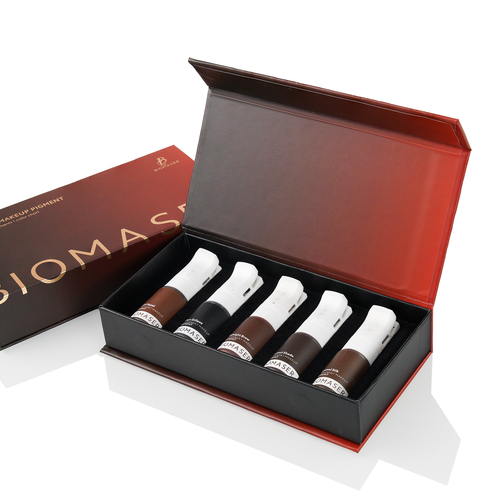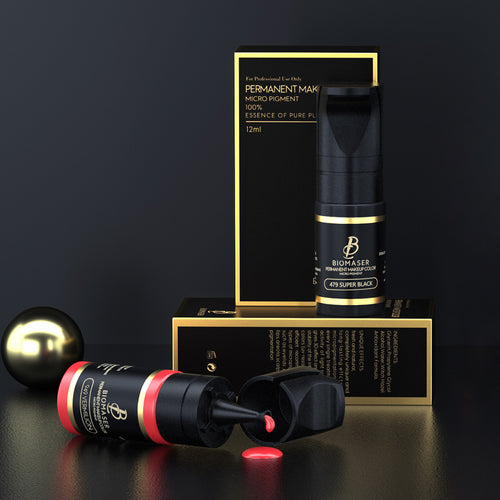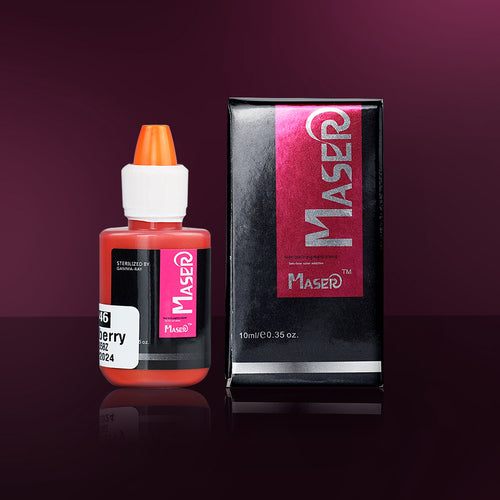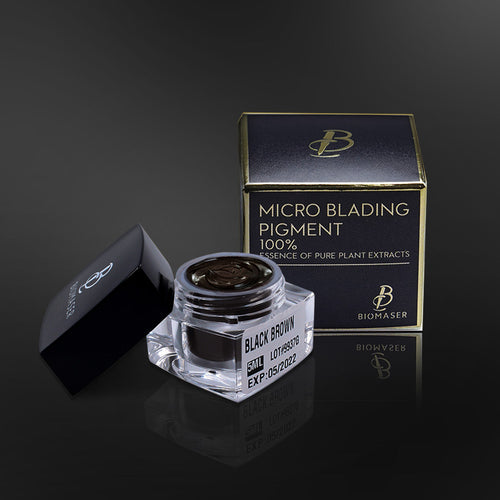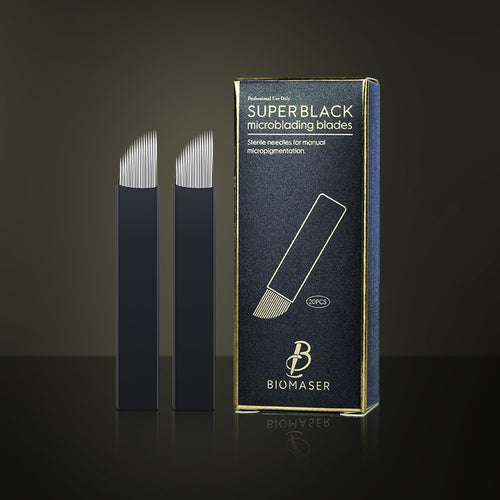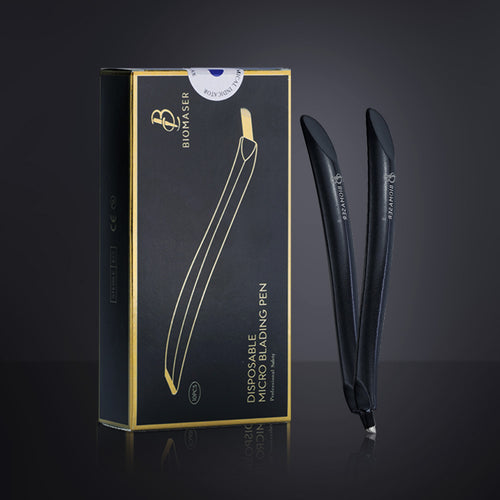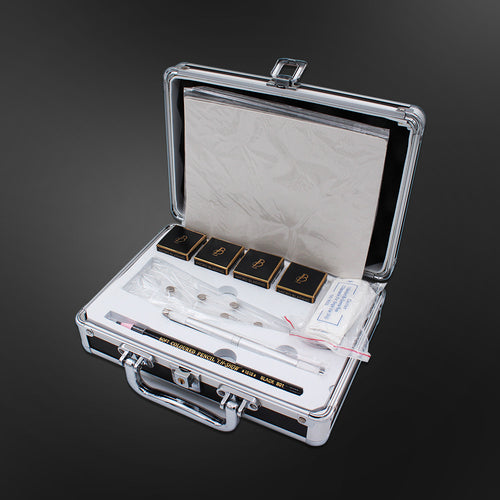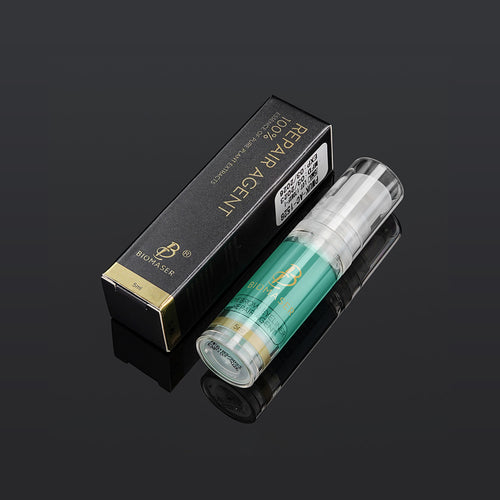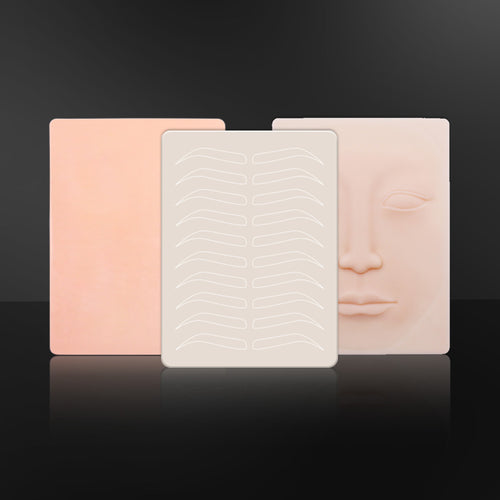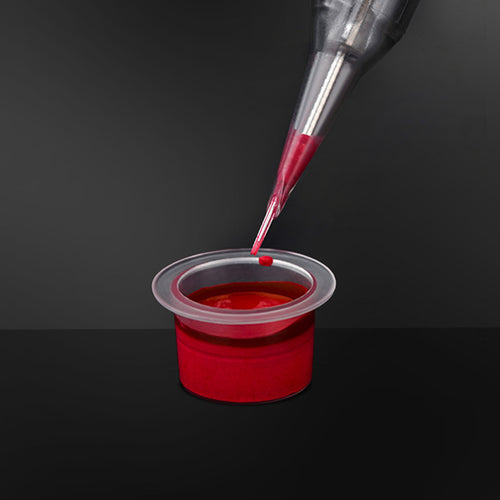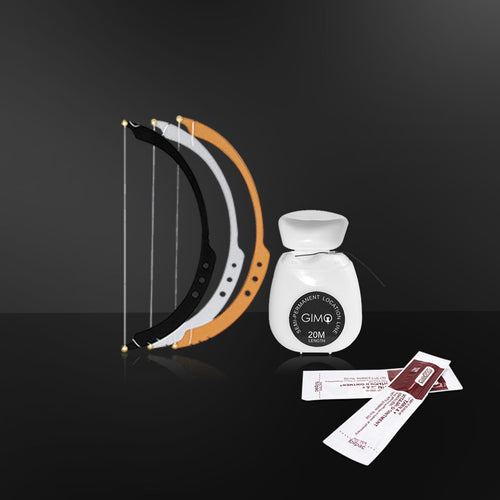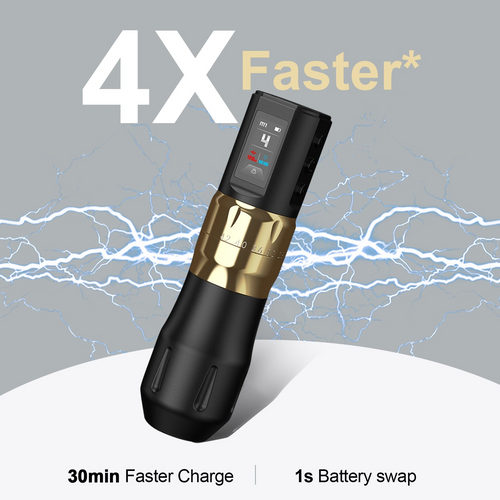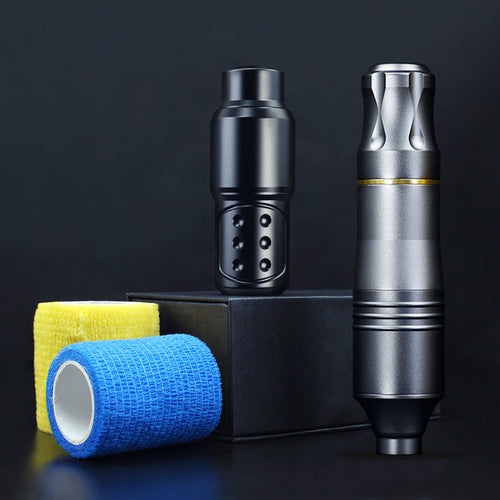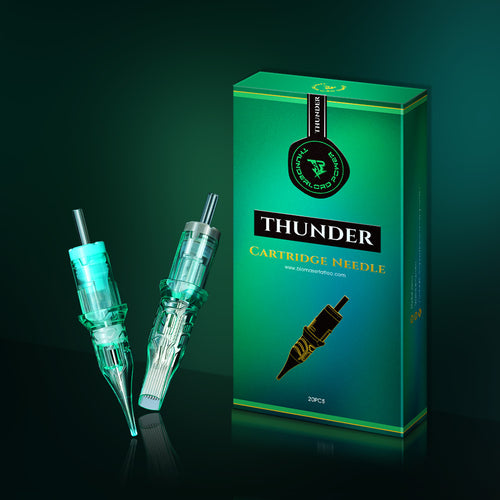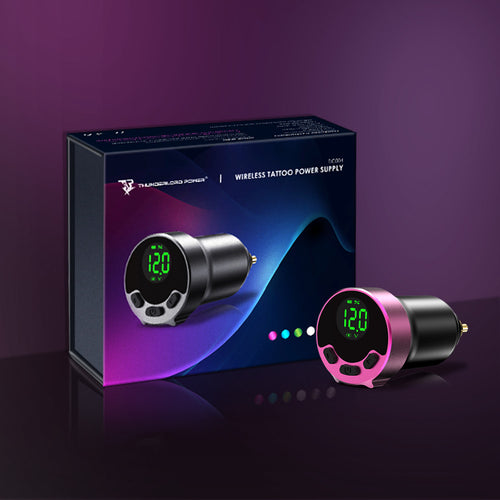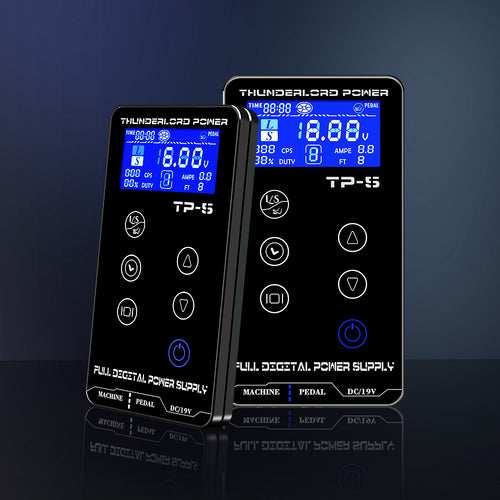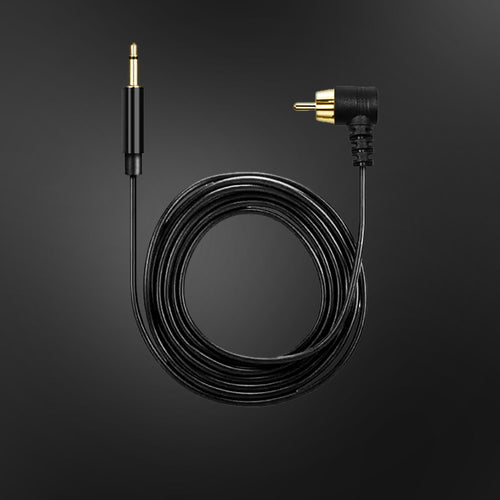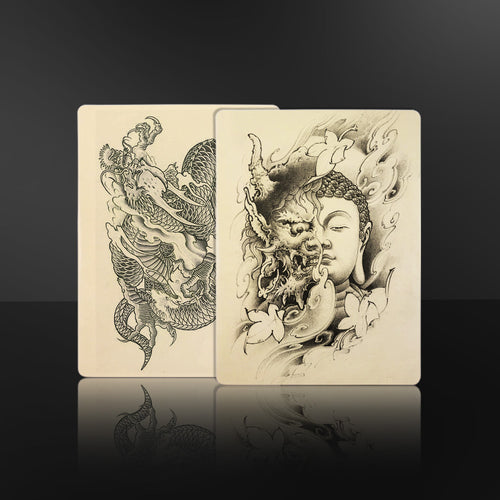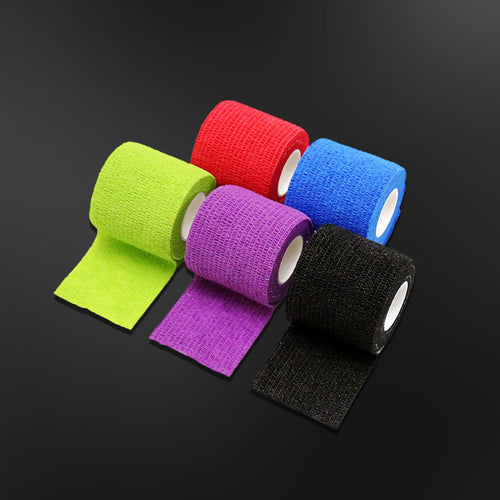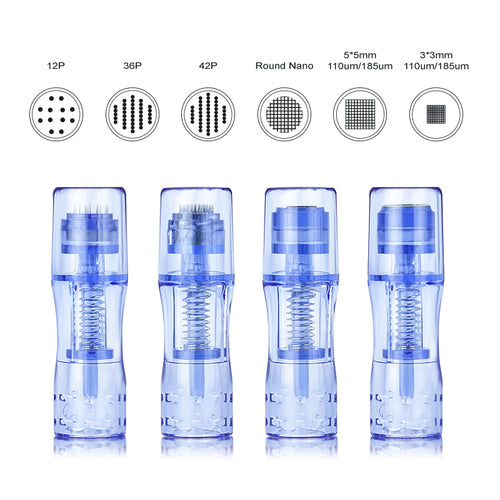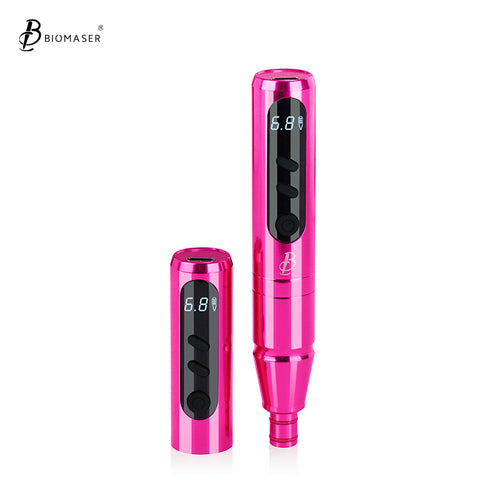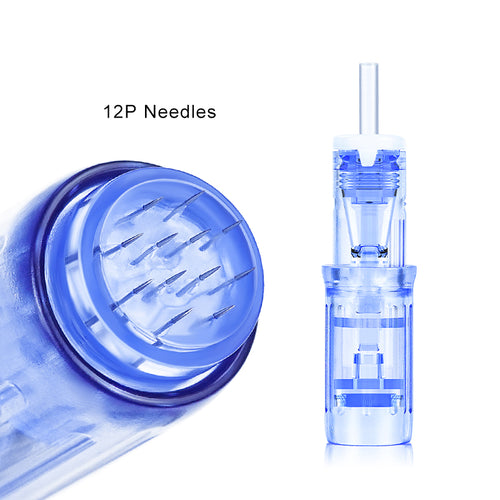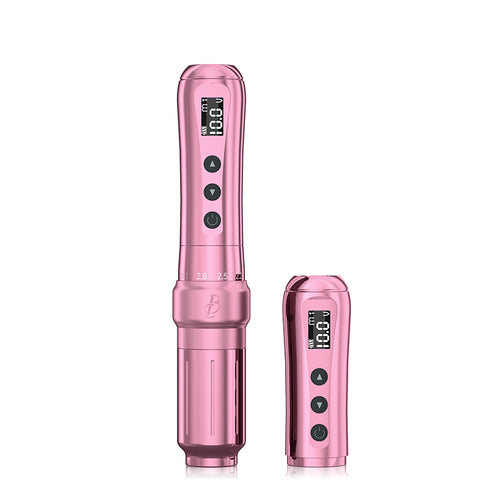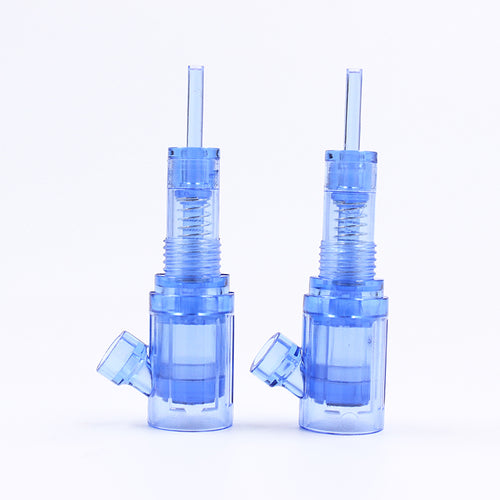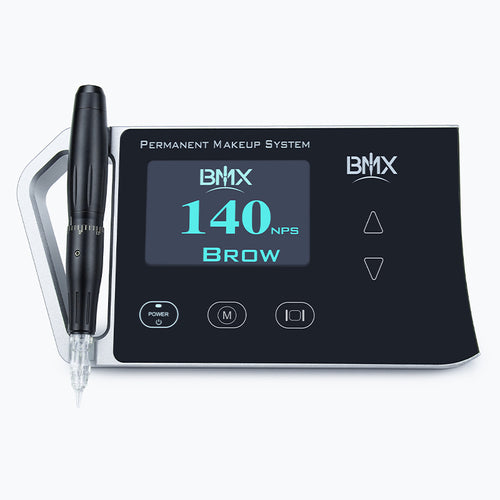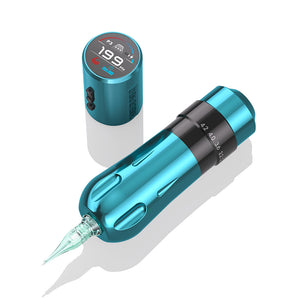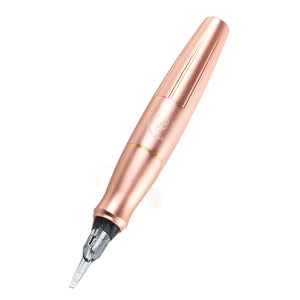Are Dotwork Tattoos Less Painful Than Regular Tattoos
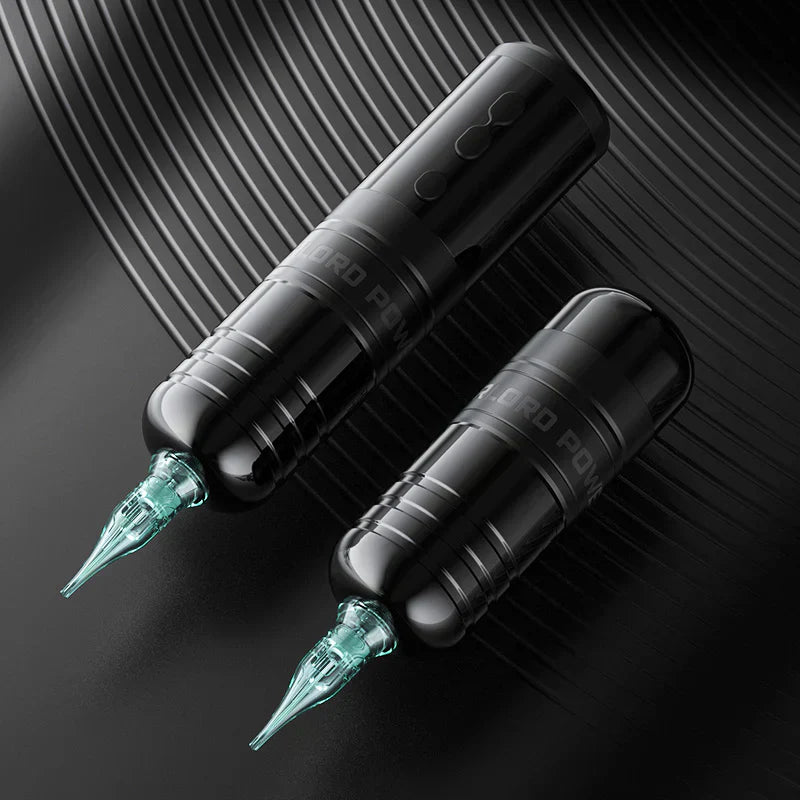
Thinking about getting a dotwork tattoo? These beautiful tattoos made up of tiny dots are not only eye-catching, but they might also be easier on your pain tolerance! If you're new to tattoos and worried about the ouch factor, you'll be happy to know that dotwork could be a gentler introduction to body art compared to traditional tattoo styles.
Key Takeaways:
Due to the lighter, repetitive tapping technique, dotwork tattoos can be less painful than traditional tattoos. However, the pain level depends a lot on the location and your personal pain tolerance. These are the main points:
- Choose an experienced dotwork artist
- Select an appropriate body location
- Prepare well for your session
- Maintain realistic expectations
- Follow aftercare instructions carefully
What Is Dotwork Tattoo?
Dotwork tattoos create images using only tiny dots, like a pointillism painting. There are no solid lines or shading in dotwork tattoos; instead, artists vary the number and spacing of dots to create shadows, textures, and depth. This style is often used for geometric patterns, mandalas, or nature scenes. It puts accuracy over saturation, which means that the designs are often softer and more airy than with traditional methods.
Why Dotwork Tattoos Tend to Be Less Painful
In terms of pain levels, dotwork tattoos often have several benefits over other traditional type of tattoos.
Precision Reduces Skin Trauma
Dotwork tattoos are created using individual dots rather than continuous lines or heavy shading. This technique minimizes damage to the skin's surface because the needle isn't dragging across large areas or repeatedly penetrating the same spot.
7 Stroke adjustable Thunderlordpower U7 Wireless tattoo Machine Pen
No Dragging Sensation
People often compare the pain to a cat's scratch (sharp but fleeting) rather than the deep, burning sensation of linework. Traditional tattoo outlines often involve long, unbroken lines that can feel like a razor blade slowly cutting the skin. With dotwork, there's no prolonged dragging motion—each dot is a quick, isolated prick.
Pain Stays Localized
Because dotwork relies on clustered dots rather than solid fills, the discomfort tends to stay confined to the immediate area being worked on. Traditional shading or coloring can create a radiating "hot" sensation that spreads across the tattoo site. Dotwork's stop-and-go rhythm gives nerve endings brief breaks, preventing overwhelming soreness.
Designs Are Naturally Lighter
Dotwork rarely uses solid blackouts or dense color packing. Instead, gradients and shadows are built using spaced-out dots, which means less ink is forced into the skin in a single session. Areas with heavy pigment saturation (like tribal designs) require artists to press harder and work longer on the same spot, increasing trauma. The airy, stippled look of dotwork inherently avoids this intensity.
Less Pigment-Packing Pressure
Solid tattoos often require artists to pack ink deeply into the skin for bold results. Dotwork skips this step entirely—dots are lightly placed to create optical depth without aggressive layering. This reduces the risk of overworked skin, which is a common source of prolonged pain during healing.
While dotwork is generally gentler than traditional tattooing, your experience depends on these key factors:
Your Unique Pain Threshold Isn't Just Mental
Pain tolerance varies wildly between people—it's shaped by genetics, nerve density, and even menstrual cycles for women. Some describe dotwork as "mosquito bites," while others feel sharp pinches.
💡Pro tip: Gently pinch the tattoo area beforehand. If it stings, you'll likely feel more discomfort. Anxiety also amplifies pain, so practice deep breathing techniques during sessions.
3mm stroke Tattoo Machine Double head Tattoo permanent makeup CTGE004
Body Placement Dictates Intensity
High-pain zones include ribs, collarbone, spine, hands, and feet, while low-Pain zones are forearm, thigh, calf, and upper back. Bony areas with thin skin (like ankles) amplify needle vibrations, while fleshy zones (thighs) cushion the impact. Surprisingly, dotwork on the ribs might hurt less than traditional shading there—but it's still no picnic. To be more specific, here's a pain level table for you to pick the best location for dotwork tattoo:
| Body Part | Pain Level (1-10) | Notes for Dotwork |
| Outer Bicep | 3-4 | Muscle padding absorbs needle taps; ideal for intricate dot clusters |
| Forearm | 4-5 | Fleshy area minimizes vibration; dot spacing eases lingering soreness |
| Thigh | 4-5 | Larger surface allows breaks between dot groups; avoid inner thigh |
| Upper Back | 5-6 | Dot gradients flow smoothly here; avoid spine for lower pain |
| Calf | 6-7 | Bony but manageable with quick, shallow dots |
| Stomach | 6-7 | Soft skin stretches; dotwork avoids deep saturation burns |
| Collarbone | 8-9 | Bone proximity amplifies vibration—opt for small designs |
| Spine | 8-9 | Nerve sensitivity requires short sessions; dot gaps reduce heat |
| Hands/Fingers | 7-8 | Quick dots > lines, but knuckles remain intense |
| Ankle | 7-8 | Thin skin stings, but dotwork skips shading trauma |
| Ribs | 8-9 | Breathing rhythm syncs with dot taps for mental control |
Time Under the Needle Adds Up
A palm-sized dotwork mandala can take 4+ hours versus 2 hours for a traditional design. While individual dots are milder, prolonged sessions drain your endorphins. After 3 hours, most people report a "burning" sensation as skin irritation peaks. Ask your artist to split large designs into shorter appointments.
Artist Skill Changes the Game
A seasoned dotwork specialist uses:
- Lighter hand pressure to avoid overworking skin
- Faster needle flicking for crisp dots without dwell time
- Strategic dot spacing to let inflamed skin recover between passes
However, inexperienced artists often press too hard, converting the "tapping" sensation into deep jabs. Always review their portfolio for delicate dotwork examples.
Your Physical State Sets the Baseline
- 24hrs pre-session: Avoid alcohol (thins blood), hydrate heavily, and sleep 7+ hours
- 2hrs pre-session: Eat protein-rich meals to stabilize blood sugar (prevents shakes)
- During the session: Use stress balls to redirect nerve responses—clenching muscles increases pain
💡Pro Tip: Dehydrated or tired skin swells faster, making dots blurry and more painful.
[[related_products_3]]
FAQs About Dotwork Tattoos
1. How Can You Manage Pain During a Dotwork Session?
During the dotwork tattoo process, you can try the following things to ease the pain:
- Numbing creams. Use artist-approved topical anesthetics 30 minutes prior.
- Stay hydrated. To keep your skin plump and resilient, drink enough water.
- Distract yourself. To relax, put on noise-canceling headphones or talk to your artist.
- Pace the session. Break large designs into shorter appointments (e.g., 2-hour blocks).
2. Do Dotwork Tattoos Last Longer?
Dotwork ages in different ways, but it is not necessarily longer. Dense dot groups hold well for a long time, but spaced dots may become less clear over 5-10 years. To maximize longevity:
- Keep them out of the sun exposure (UV light fades ink).
- Regularly moisturize to keep skin from getting dry.
- Pick shaded areas, like the upper back.
3. What's the Recovery and Healing Difference Between Dotwork Tattoos And Traditional Tattoos?
| Aspect | Dotwork | Traditional |
| Scabbing | Minimal, tiny flakes | Thicker scabs from solid fills |
| Redness | Fades in 2-3 days | Can linger 5-7 days |
| Full Healing | 10-14 days | 14-21 days |
💡Tip: Dotwork's lighter trauma means less itching during recovery.
4. Will Dotwork Tattoos Be More Expensive?
Often yes—detailed dot mandalas take 2-3x longer than basic linework. Costs depend on:
| Artist Rates | $150-$300/hour for specialists |
| Design Size | A palm-sized piece = 4-6 hours |
| Location | Urban studios may charge 20% more |
5. Are Dotwork Tattoos Suitable for Older Skin?
Yes, with a few tweaks, older skin can handle dotwork beautifully. As skin loses its elasticity, keep your focus on larger dots (1-2 mm) to maintain clarity. Avoid areas that tend to sag, like the upper arms. Instead, focus on stable zones with consistent fat layers, such as the calves and forearms. Simplified designs with intentional spacing age better than hyper-detailed clusters.
6. What Are Some Common Dotwork Tattoo Designs?
Mandalas with radial dot gradients, animals via dot density to create fur textures, and flower motifs using stippling to create soft petals can really make your dotwork tattoo shine. People also like geometric patterns, celestial themes like starry skies and moons, and optical illusions (3D effects). Pair dotwork with negative space for a classic look. This keeps things from getting too crowded and draws attention to detail.
Final Thoughts: Get Your Dotwork Tattoo!
If you're concerned about tattoo pain, dotwork might be a better choice for you. With the right location choice and proper preparation, the technique's gentler approach to skin trauma can make for a more manageable experience.
